Narrow Reels, Wide Eyes
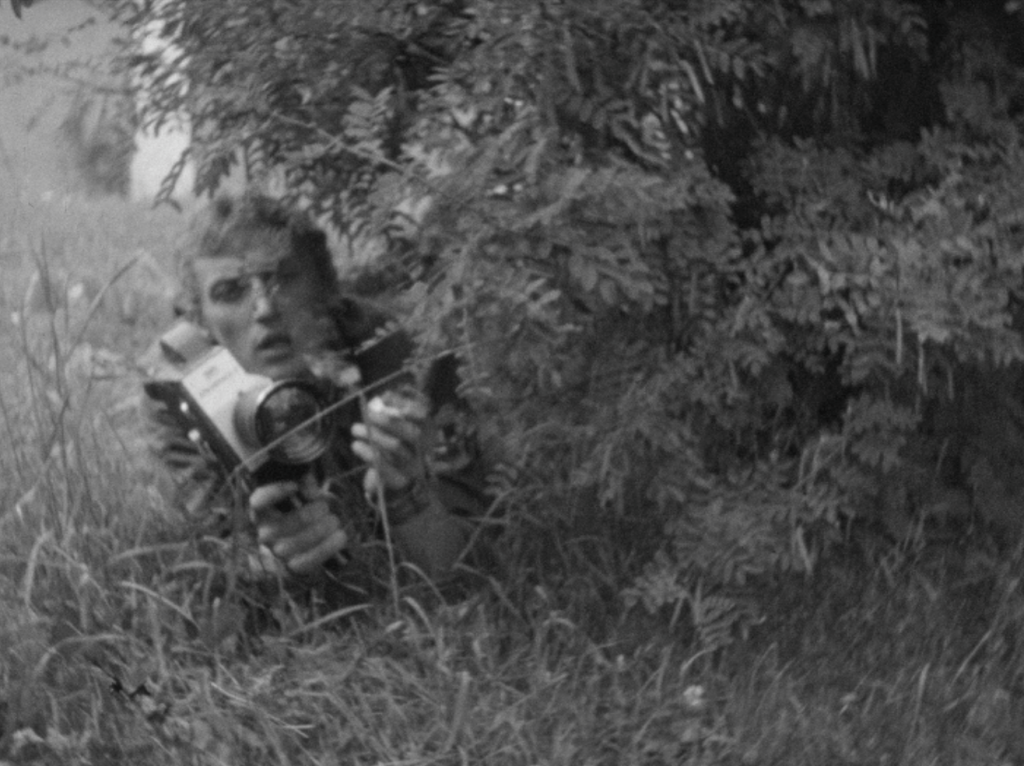
In the Soviet Union, amateur filmmaking was promoted and supported by state institutions as it was considered an organized leisure activity and classified as “people’s art”. Unlike many western countries where active amateur cinema cultures developed in the 1930s, the production of amateur films became a well-established feature of Soviet everyday life only in the 1950s. The development of amateur cinema coincided with the end of the Stalin era and the relative liberalization of public space caused by Khrushchev’s Thaw. The development of the large-scale amateur filmmaking movement also depended on technology. With the invention of more affordable 8mm and 16 mm cameras, capturing everyday life and creating cinematic experiments became even more popular.
The system of amateur film studios that existed in the Soviet Union until the early 90s resulted in development of a broad community of amateur filmmakers who had a variety of reasons to take up this occupation: from the desire to document private life to more experimental efforts. Interestingly enough, no centralized governmental institution existed to control the output of amateur filmmaking clubs. As a result, state ideology and censorship rarely interfered with the efforts of amateur filmmakers. This was especially evident in the Baltic states and the film festivals that were held there. Their programs encouraged creative experimentation and the search for distinctive artistic expression.
Narrow Reels, Wide Eyes is a series of talks and short film programs dedicated to the legacy of amateur filmmaking in five post-Soviet countries – Lithuania, Latvia, Estonia, Ukraine and Russia.
Film programmes are available at www.sinemateka.lt from May 10th to June 10th. Films are screened free of charge in original language with English subtitles.
Talks will be held in English and streamed live on “Meno avilys” Facebook page. The program is listed below.
The project is partly funded by Lithuanian film center.
Strategic partner – Lithuanian council for culture.
Talks
May 12th 19:00 Maria Vinogradova. Filmmaking Is for Lovers: Rediscovering Soviet Amateur Film Culture
In the Soviet 1960s, suddenly, everyone was a film amateur. Members of tourist clubs packed the newly available light-weight 8mm cameras on their travels, while scientists, factory engineers, urban planners and other professionals organized amateur collectives at their workplace. The professional 35mm gauge continued to be used by the most advanced amateurs, frequently under patronage of newsreel and other professional film studios, or with support from a wealthy trade union. Hundreds, possibly thousands of films were created every year, screened at amateur competitions and on specialized television programs, and reviewed in the press. What were these films like? Who participated in the movement? Did state sponsorship nurture creative talent or keep dissent under control? Introducing the main historiographical milestones of the Soviet amateur film movement, it will highlight its specific facets by discussing the individual films presented in the screening.
May 21st 16:00 Inese Strupule. Political, social, and cultural meanings behind Soviet Latvian amateur films (1955–1991)
In her talk, Inese Strupule will attempt to chart the historical development of the amateur filmmaking movement in Soviet Latvia from the mid-1950s to 1991. She will approach the amateur filmmaking movement in Soviet Latvia as a cinematic and aesthetic phenomenon, as well as will investigate this movement as a phenomenon with a significant historical, cultural, and socio-political importance in the context of Soviet society from the Khrushchev ‘Thaw’ period to the collapse of the Soviet Union. In addition to this, she will aim to identify and explore the various functions that amateur filmmaking performed in Soviet Latvia beyond its ostensible mission of transmitting Soviet ideology, and will examine its role in creating alternative political, social, and cultural meanings. Her talk will be supported by various themes, concerns, and perspectives, such as, for instance, the dynamics between the amateur and the professional filmmaking spheres, the institutional and civic aspects of amateur filmmaking efforts, as well as amateur cinema’s role in revitalizing Latvian national cinema.
May 28th 16:00 Liis Jõhvik. Happily, on the Road. Soviet Estonian Home Movies and Amateur Films about Travelling
Family day trips to the seaside or a zoo, visiting friends and relatives, taking a bus or a train with friends or colleagues to travel to another country or city. Back in the Soviet era, many of the blissful holiday-moments were captured with an 8-mm or 16-mm camera. Even though the practice of making home movies was affordable only to the privileged few, there are substantial collections of private films in Estonia. Much of the footage depict travelling or being on the road. The camera recorded the present for future reminiscence – to reconstruct the past’s (happy) experience of the self and others. The films not only depict what was seen on the road, but also bring the imaginaries of the traveller to the surface. The films also offer the viewer an ‘outside-in’ glimpse into themselves, providing proximity with the visited place and with the past. In my talk, I explore how the self is documented in Soviet Estonian home movies and amateur films. How does the ‘amateur’ eye reconstruct the sense of self and space? Ultimately, I am interested in how the home movie becomes a memory practice and how travelling is remembered in the films.
June 4th 16:00 Oleksandr Makhanets. Amateur filmmaking in Soviet Lviv: Individual Practices
At the beginning of the 1980’s Roman Buchko, film director and film enthusiast from Lviv, who used to be a leader of a local amateur film studio, tried to organize a festival on a bigger scale. He got over 200 names and addresses of people who used to develop their small gauge filmstock in the lab and sent them the invitations to attend the festival. Only two replied trying to figure out how their addresses were leaked. The idea to involve more people in the local amateur film movement failed. But who were those 200 people behind the addresses from the lab and many-many more who developed their 8mm films at bathrooms at night? Individual filming was a kind of invisible activity as it was done mostly for private purposes or small communities and only with the archiving amateur films today we can imagine and reconstruct the practice of the camera owner. The spectrum of films done by independent amateurs is diverse and hard to arrange by genres, this art rather occupies a liminal position between social practice, creativity, and self-expression. The lecture will give an overview of the local context of Lviv individual amateur filmmaking in the second half of the 20th-century based on the collection of The Urban Media Archive of the Center for Urban History.
Film programs

Maria Vinogradova. Filmmaking Is for Lovers: Rediscovering Soviet Amateur Film Culture
In the Soviet 1960s, suddenly, everyone was a film amateur. Members of tourist clubs packed the newly available light-weight 8mm cameras on their travels, while scientists, factory engineers, urban planners and other professionals organized amateur collectives at their workplace. This program highlights 11 films from the 1960s – 1980s. Most are amateur works, and one is an advertising film that “cast” cartoon superstars of the 1970s to promote filmmaking to non-professionals. The program concludes with a recent found footage film that demonstrates a powerful way in which an amateur film from the past inspired a new original work. From student shorts to industrial films and experimental works, these reflect the various modes, sensibilities, conditions of production as well as limitations created by the Soviet system of state support.
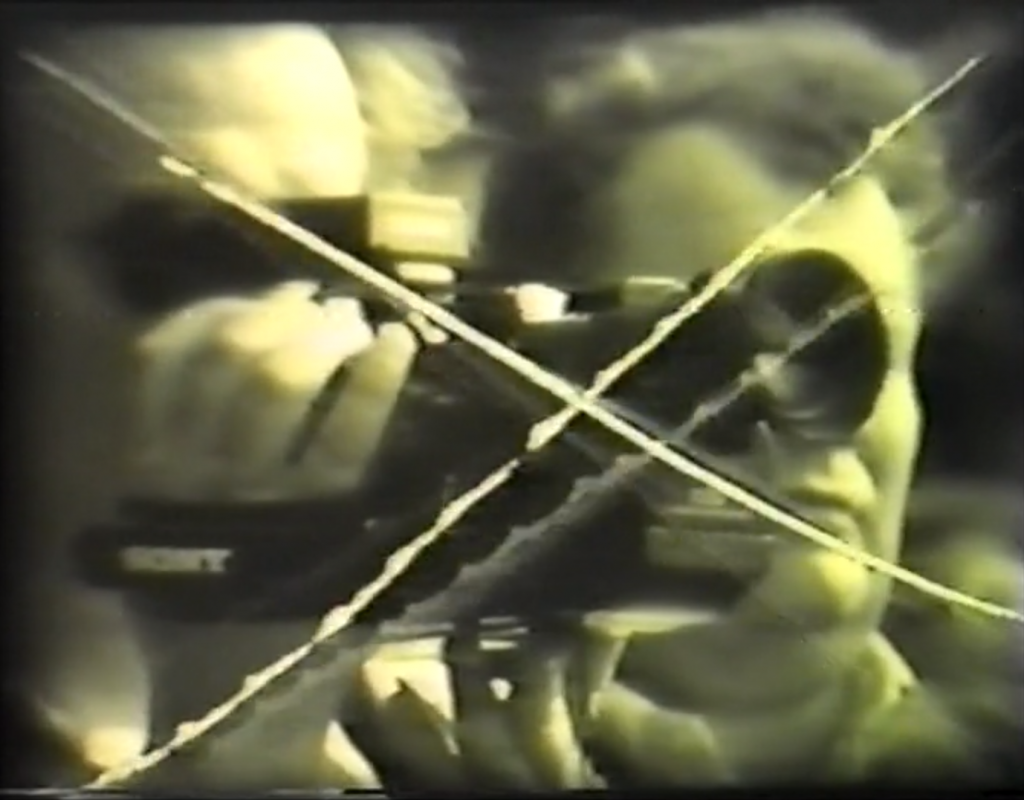
Inese Strupule. Amateur filmmaking in the Latvian SSR: biting social satire and cinematic experiments
Although sanctioned by the state, amateur cinema in the Soviet Union enjoyed a degree of creative and ideological freedom that was denied to the ‘professional’ arts. Films that dared to experiment formally and thematically often emerged from the geographical periphery, where the regime never enjoyed the same degree of control. One of the citadels of the Soviet amateur filmmaking movement was the Latvian SSR. This film programme showcases the Soviet Latvian films that ironized and condemned not only contemporary social issues in the Soviet Union, but also the Soviet way of life and mentality, albeit in subtle and indirect ways. In addition to this, the programme explores the Soviet Latvian amateur filmmaking scene as a source of innovative and experimental filmmaking practices. The heritage of amateur cinema in the Soviet Union consists mainly of documentaries, but among the films that have captured everyday life and work, celebrations, and parades, there are also those whose experimental form and non-realistic diegetic worlds can still captivate viewers today. Their authors fearlessly challenged the Soviet cultural canon and conducted their own film experiments in the best traditions of Luis Buñuel, Jean Cocteau, Maya Deren, and Andy Warhol.

Oleksandr Makhanets. Making films, living our lives
This eclectic program represents five films that were part of independent and individual amateur practice in the late Soviet Lviv. For each of the authors, filmmaking was a part of their life, a way to express themselves and communicate with close friends. They are naive and clear, not trying to surprise the viewer, the main point is sincerity, enthusiasm, and freedom of creativity which is so common for amateurs. The films are from the collection of Urban Media Archive, Center for Urban History of East-Central Europe.
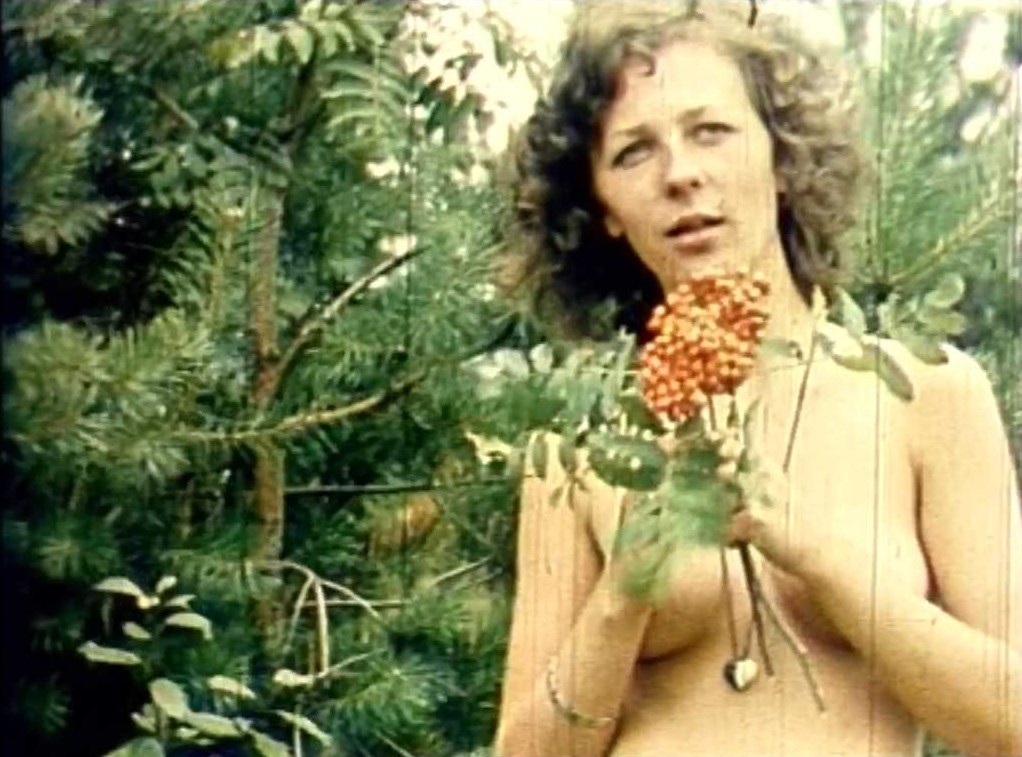
Artūras Barysas. Obvious, yet Unbelievable
This retrospective presents nine films that highlight a wide range of themes in Artūras Barysas’ work: from the ironic observation of everyday phenomena to political and social criticism. Films, as the author himself had said, are the exact spirit of that period, felt through urban architecture, people’s clothing, mindset and forms of communication that no longer exist today. The mood of the time is further enhanced by the soundtracks of the films that featured avant-garde and rock music popular in the West at the time. Barysas’ work stands out not only for its connection to the avant-garde art tradition but also for humorously playing with the viewer’s preconceived expectations. Inspired by the hippie ideas, he constantly reminds us of the alternative point of view from which we could perceive the world and strive for freedom. Often his films are not complex stories but rather short anecdotes that give new meanings to ordinary, self-evident actions. Watching these remarkable films-anecdotes, one gets an urge to exclaim: obvious, yet unbelievable.
Guests

Maria Vinogradova is a film and media historian specializing in the study of Soviet film culture, in particular, nonfiction and amateur films: their creation, distribution, circulation, and afterlives in the post-celluloid era. She is currently working on her book manuscript “On the Public Rails: A History of Soviet Amateur Filmmaking (1957-1991).” Her research has been twice supported by American Council of Learned Societies fellowships. She teaches courses in film history, theory and research methods at Pratt Institute and Brooklyn College, and is a Visiting Scholar at New York University’s Jordan Center for the Advance Study of Russia.
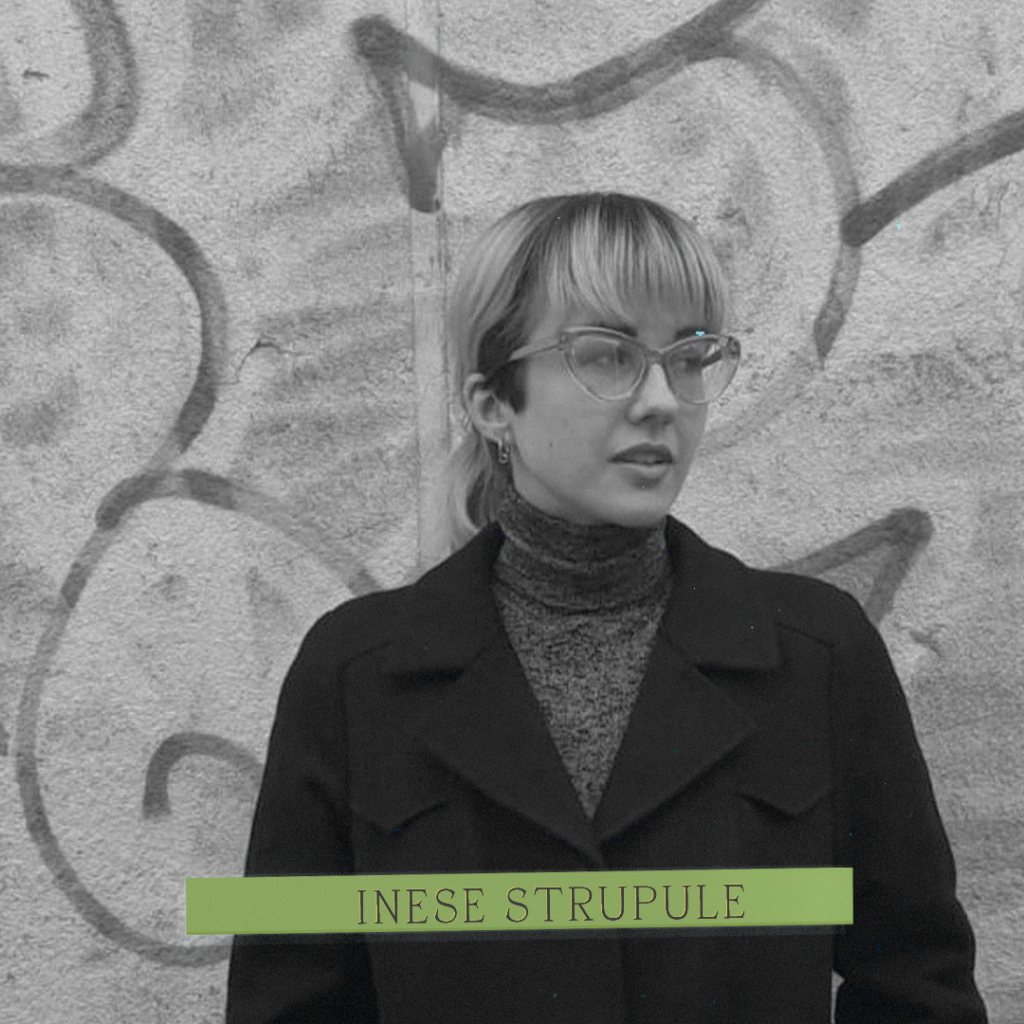
Inese Strupule has received her PhD from the School of Slavonic and East European Studies, University College London. Her thesis concerned the amateur filmmaking movement in Soviet Latvia and its social, cultural, and political impact. She has recently published an article entitled “Ingvars Leitis’s Subversive Ethnographic Documentaries, 1975–1989: Cover Stories and National Representation in Soviet Latvia” in the edited collection Global Perspectives on Amateur Film Histories and Cultures (Indiana University Press, 2021).

Oleksandr Makhanets is a historian, archivist, curator of exhibitions, and head of the Urban Media Archive at the Centre for Urban History. He graduated from the Humanities Faculty of the UCU with a master’s degree in history. Since 2015, he has been working on the Urban Media Archive project at the Centre for Urban History, developing and preserving its visual and audio-visual collections. Curator of the [unarchiving] program, which is designed to promote archival heritage to the general public in non-academic forms and formats. Since 2016, he has been the founder and curator of the International Home Movie Day in Lviv. Oleksandr has also been collaborating with the Wiz-Art Film Festival since 2016, and in 2019–2020 he was the festival’s programme coordinator. In 2019, he started his current research project on the history of film amateurs’ practices in Ukraine in the second half of the 20th century.
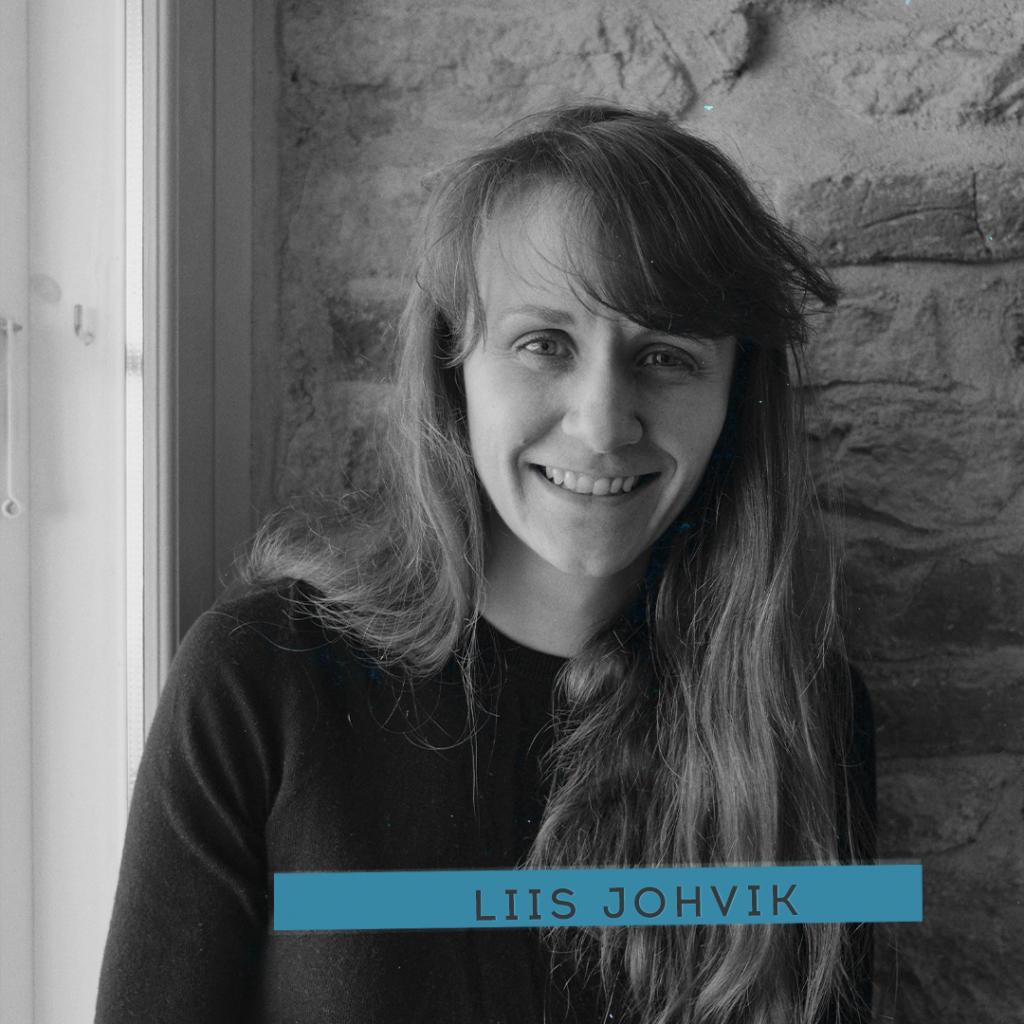
Liis Jõhvik is a PhD student of history at the Tallinn University. She graduated from the University of Vienna (Women’s and Gender History – MATILDA programme, 2017) She has studied as an exchange student at the Gender Studies Department at Central European University (2015–2016). She has curated an exhibition in the Museum of Occupation and Freedom in Tallinn about home movies and amateur films in the Soviet kitchen “To eat to remember” (2018). Currently, she works on Soviet amateur films and home movies. She studies how family (and) intimacy and gender and nation are reconstructed in the self-reflective presentation in the home movie practice.
Contact:
Ona Kotryna Dikavičiūtė
ona.dikaviciute@menoavilys.org
+370 614 64042

